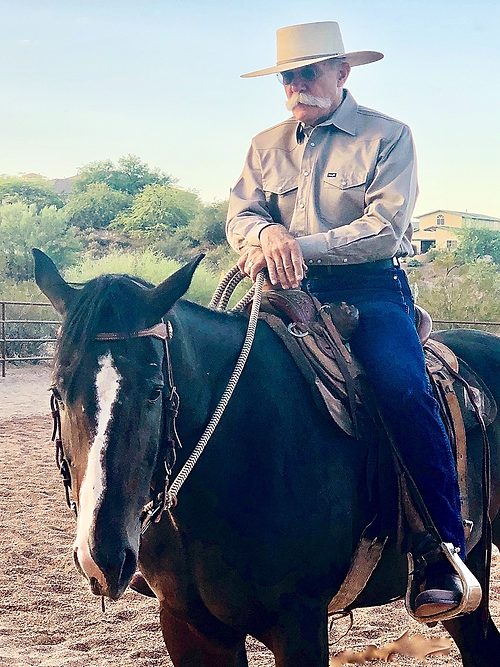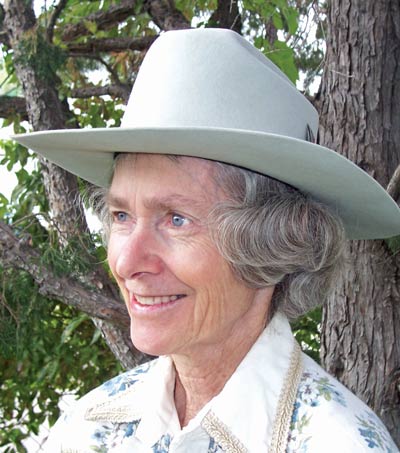When farriers approach a horse they’ve never worked with before, they have to be able to develop some sort of communication and a rapport with that horse — a relationship that is mutually beneficial. You want the horse to be at ease with you, and you at ease with it.
That sounds very simple, but if you are handling a new horse and you are not sure what it is telling you, it can be challenging. Weatherford says you have a 50% chance of guessing the right answer, and a 90% chance of getting the wrong answer.
“The unprepared and the uneducated people have to guess,” he says. “Preparedness through education helps you accurately predict, and then the odds of a safe outcome for the farrier and the horse are in your favor.
“It’s all part of trying to understand the horse, and having empathy. Putting yourself in the horse’s position is the key. If the horse seems to be ‘misbehaving’ or difficult, instead of saying the horse is ‘whacko’ or ‘bad,’ I want these young farriers to ask themselves, ‘What am I doing to cause this horse to react like that? What went wrong in this relationship?’ It’s too easy to blame the horse for something that it does when it’s simply its response to something you did not communicate properly.”
Weatherford emphasizes the importance of taking the time in the beginning to fully assess the horse and start off on the proper footing for working with it. He tells new farriers that if they hurry and skip that introductory phase of the relationship, things can sometimes go wrong very fast.
For more tips on horsemanship, read “How Reading the Horse Can Make Your Job Easier” in the September/October 2018 issue of American Farriers Journal.









Post a comment
Report Abusive Comment